The ‘Dreaming’ is First Nations peoples’ understanding of the world and its creation. Passed from generation to generation through storytelling, the Dreaming shares beliefs that are connected to Country and the natural world. These stories incorporate creation, rules for living, social regulations, ethics and morality. They often feature characters who demonstrate undesirable behaviours, and face consequences because of it.
THE CHALLENGES OF TRANSLATION
‘The Dreaming’ is an English translation of a First Nations concept, which has different names in different language groups. In the Warlpiri language of Central Australia it is called Jukurrpa (also spelt Tjukurrpa). In Martu Wangka – a language spoken by the Martu people of Western Desert and Pilbara regions – it is called Manguny. ‘The Dreaming’ is considered a vastly inadequate translation of a concept which is difficult for non-Indigenous people to understand due to its complexity, non-linear and non-finite nature.
In his 1956 essay ‘The Dreaming’, the Australian anthropologist W.E.H. Stanner says:
“A concept so impalpable and subtle naturally suffers badly by translation into our dry and abstract language.”
Moreover, labelling it ‘the Dreaming’ may evoke fantastical or sleep-related imagery, distorting and even disrespecting the complexities and the importance of the concept:
“These tales are neither simply illustrative nor simply explanatory, they are fanciful and poetic in content because they are based on visionary and intuitive insights into mysteries; and, if we are ever to understand them, we must always take them in their complex content.”
EVERYWHEN
The Dreaming did not take place at the beginning of time – this is a common misconception. It encompasses the past, present, and future; it is non-linear. As a holistic philosophy grounded in the very earth itself, it cannot be assigned to a past people. It is an integrated way of life that many First Nations people believe in and live by today.
Stanner coined the term ‘everywhen’ to describe this idea:
“One cannot ‘fix’ The Dreaming in time: it was, and is, everywhen.”
NARRATIVES
The Dreaming is shared through stories, told verbally. They are often told to children by older people in the community. Just like many other forms of education. These stories have been passed down through generations for over 65,000 years.
The stories may differ from place to place and between Nations, but they have common features. For example, many are creation stories that feature Ancestral Beings who created everything – animals, plants, rocks, and land formations – as they moved through the land in human form. They also created a system of relationships between the individual, the land, animals, and other people. The Ancestral Beings are models for human and non-human activity, behaviour, ethics and morality.
Dreaming stories often follow a genesis narrative, and you may see similarities to Greek Mythology or other genesis stories.
Stanner explains that there is a:
“Constant recitation of what was done rightly and wrongly in the Dreaming, the ways in which good men should, and bad men will act.”
Stanner describes the Dreaming as “a ‘key’ or guide to the norms of conduct, and a prediction of how men will err.”
The stories display a deep knowledge of Country. They contain important information about flora, fauna, and laws to obey in order to survive in particular environments. Before colonisation, these stories were an integral way of passing knowledge from one generation to the next, to ensure survival. Dreaming stories continue to be shared and strengthened from one generation to the next, and share deep knowledge systems that have existed since the beginning of human life.
The Ancestral Beings are often compared to the Greek gods, as they are flawed characters used as negative examples. However, while the stories are structurally similar, the Dreaming is not a religion and the Ancestral Beings are not gods.
By displaying less favourable qualities such as greed, violence, and lust, these Ancestral Beings are models of appropriate and inappropriate behaviour. In practice, the stories outline forbidden behaviours or activities condemned by the First Nations community.
As well as Ancestral Beings, Dreaming stories may also feature animals, insects, places, and flora. For example, food is a common theme in many Dreamings, as shown in artworks featuring ‘bush tucker’ like yams, bush bananas, witchetty grubs, and sugar bags. These Dreamings often give context and information about the natural world through stories of water, stars and specific landmarks.
To learn more about Dreaming stories, sign up to the First Nations Bedtime Stories Challenge and join us in learning and listening to Dreaming stories that have been handed down since time immemorial.
Many Dreaming stories have been recorded, and we have included a number of these for you to watch. Take a look at the ‘culture’ section on the watch page and navigate some of the Songlines that correspond to a ‘dreaming’.
Top Image: We Don’t Need a Map Movie
This article has been republished from Common Ground, a not for profit that records and shares First Nations cultures, histories and lived experiences. Learn more at www.commonground.org.au.





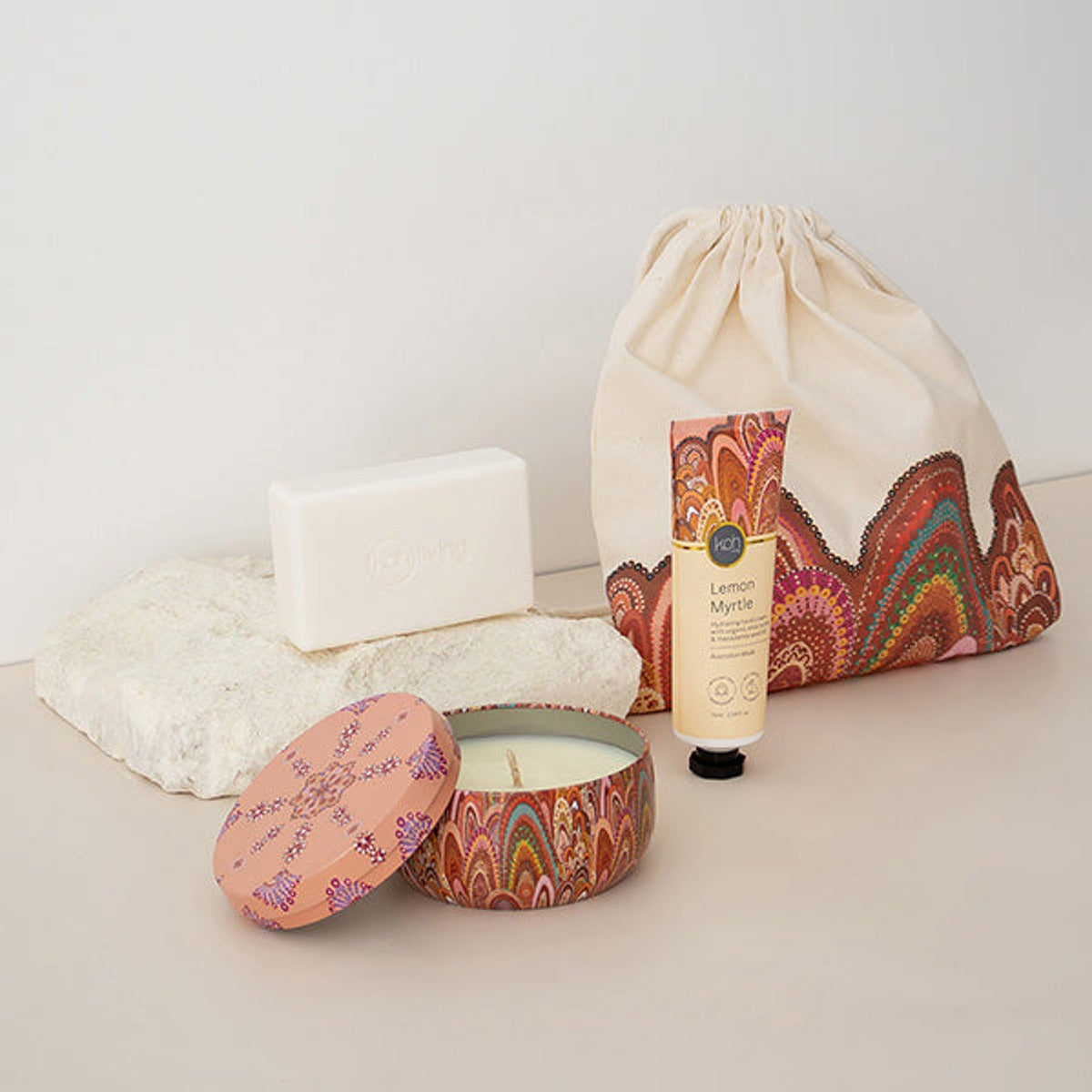
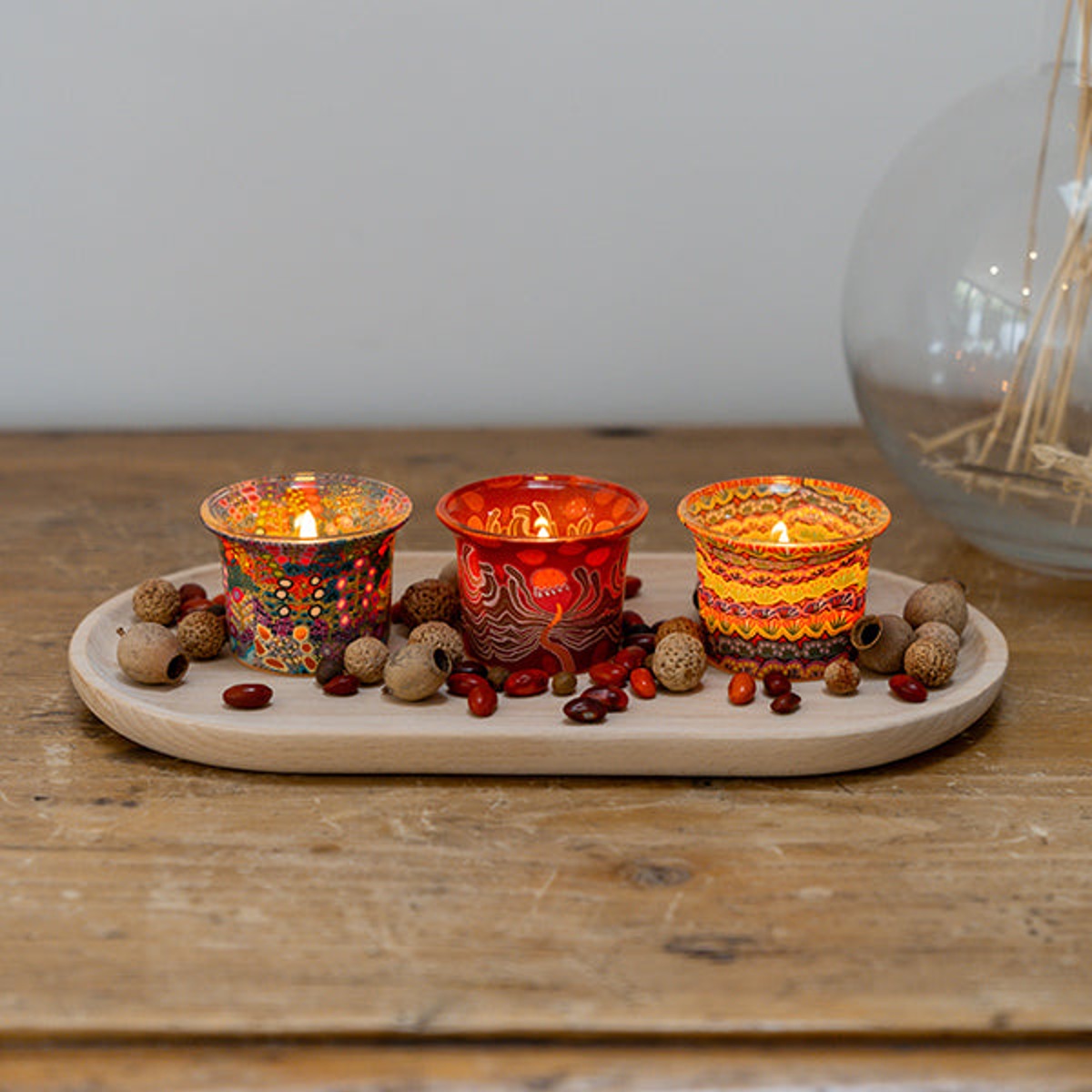



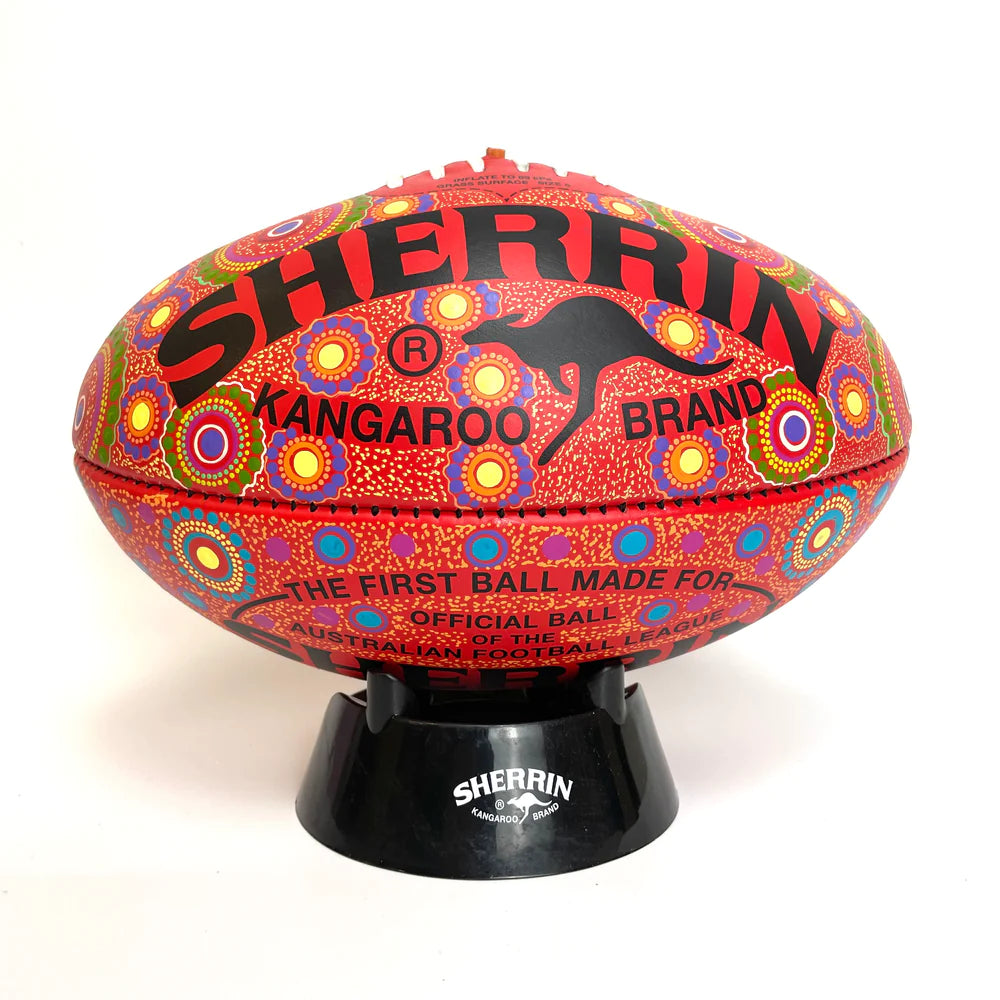
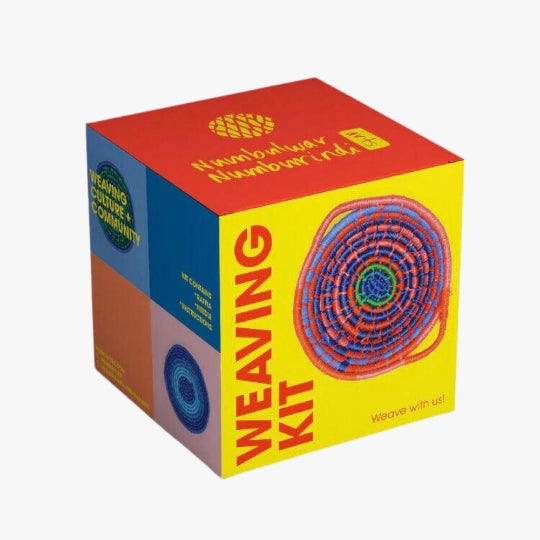



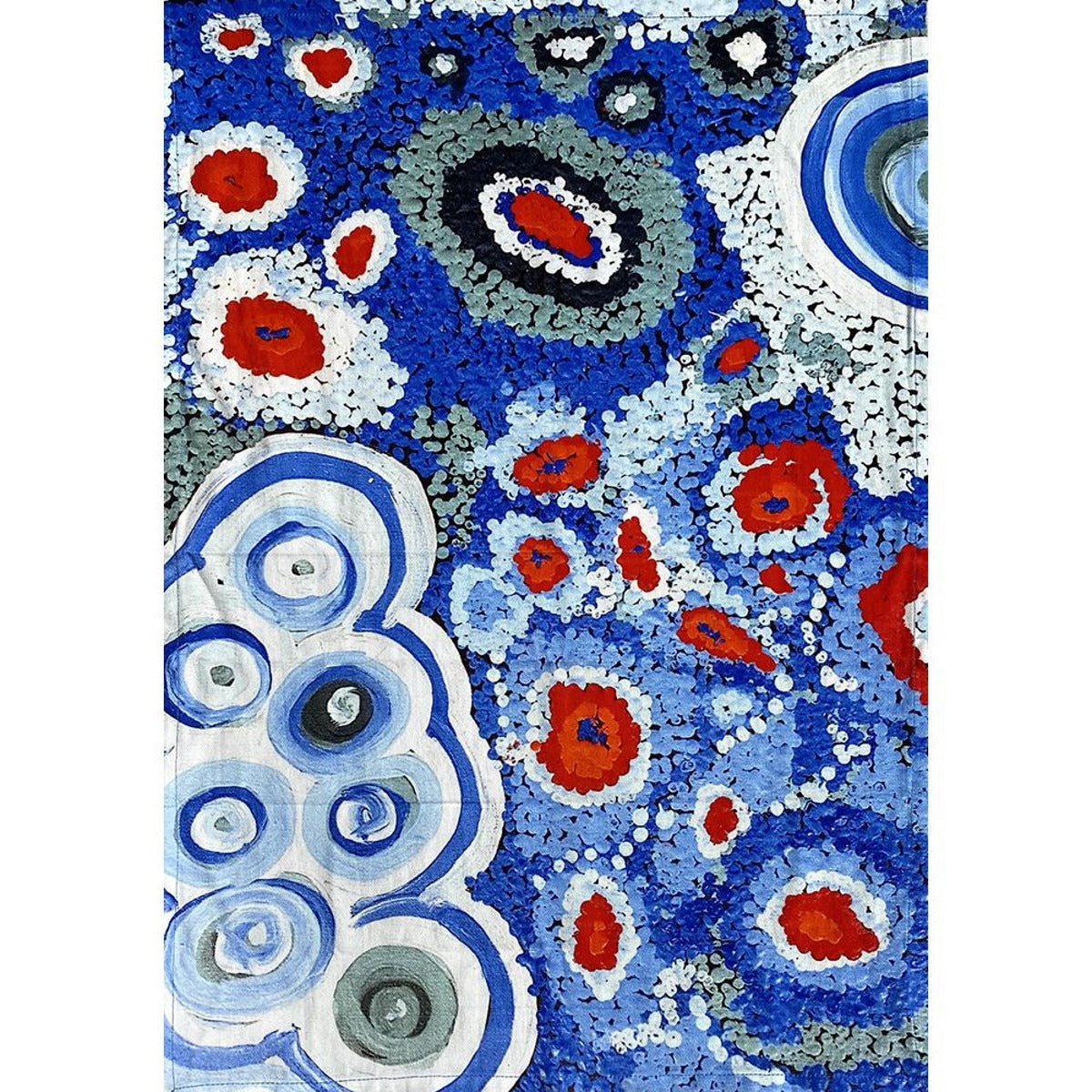



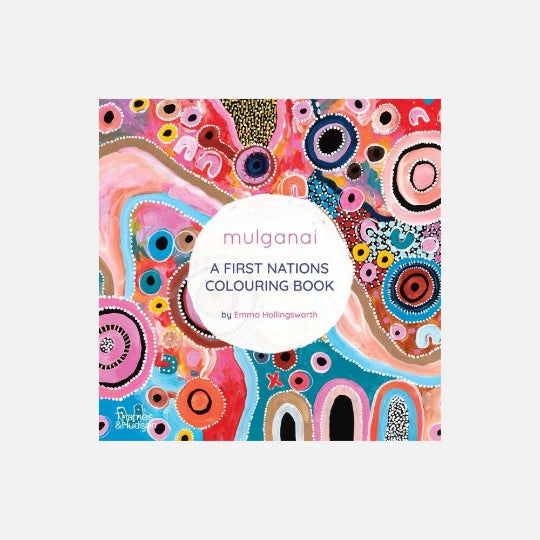


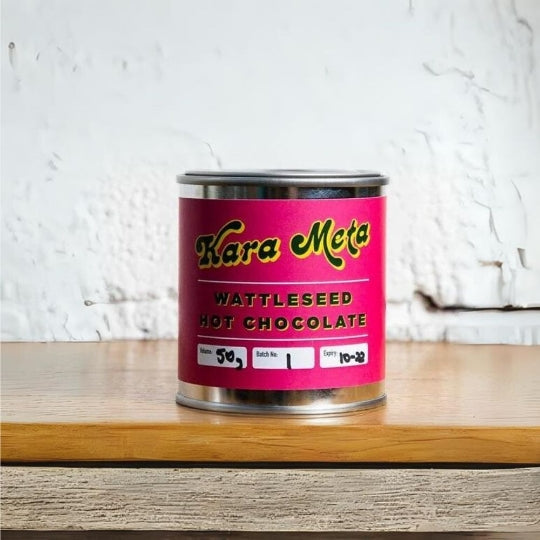
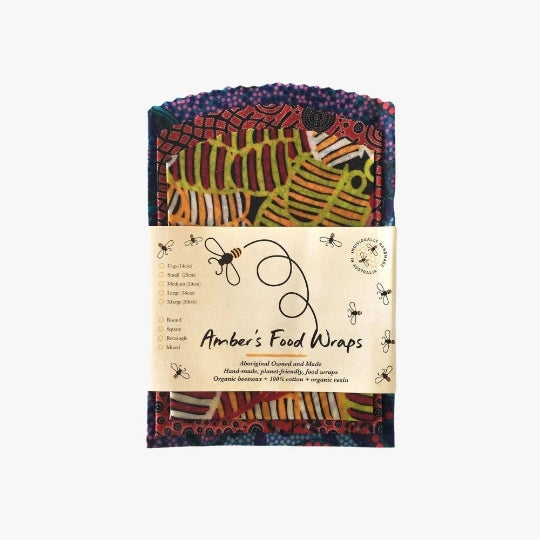
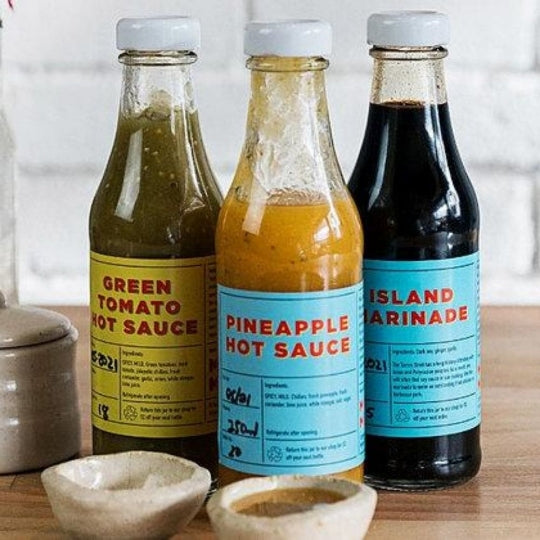

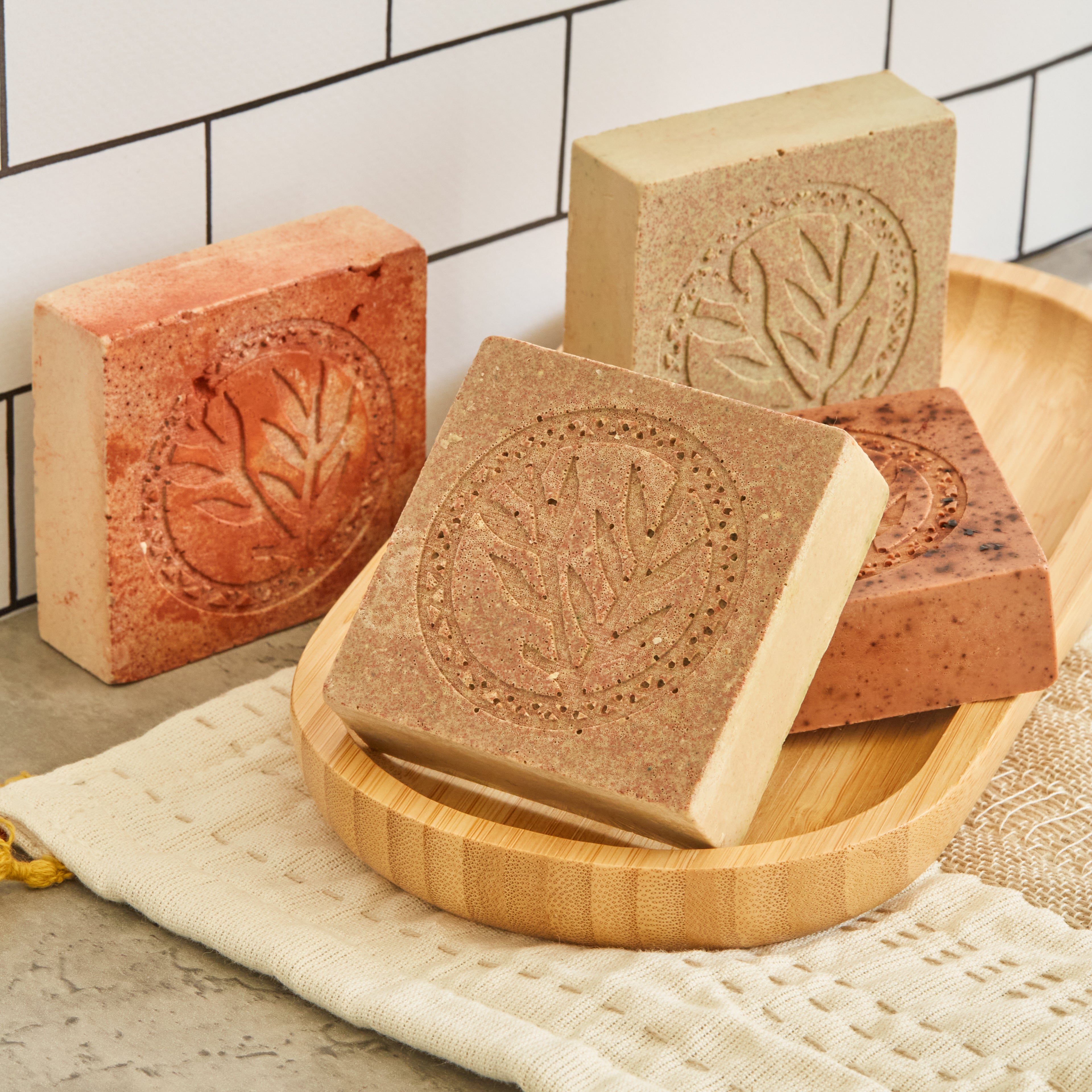


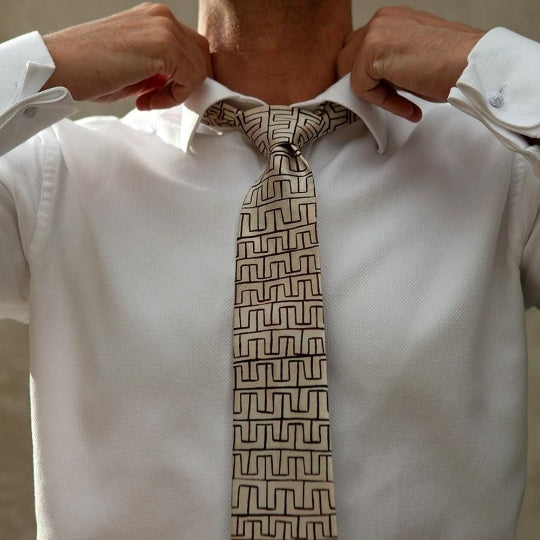

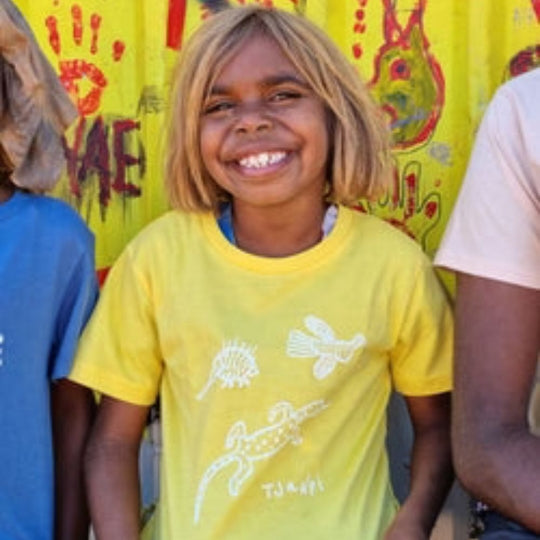






Leave a comment
This site is protected by hCaptcha and the hCaptcha Privacy Policy and Terms of Service apply.